Personalized Learning maybe one of the most widely used education catch phrases in an attempt to capture what is truly changing about what and how students can and could learn. The challenge is whether this is just another edu fad or something that will become foundational in the necessary transformation of future education.
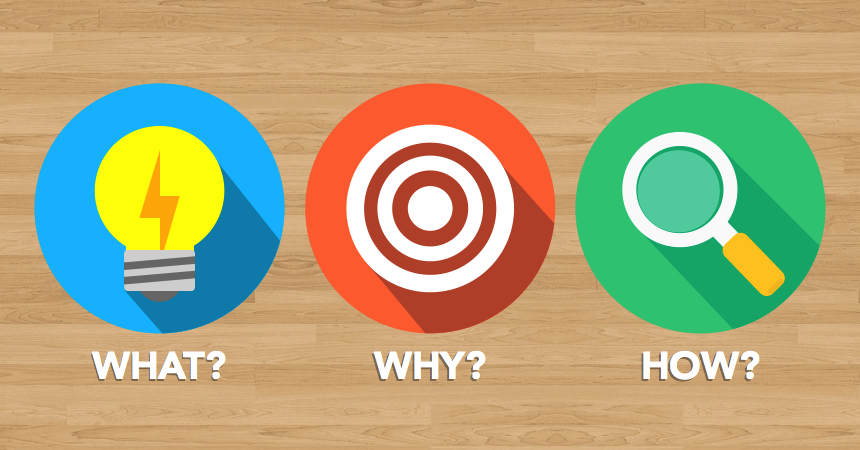 The What
The What
Personalized learning is an educational approach that aims to customize learning for each student based on their respective interests, strengths, needs, skills, abilities, background and experiences. To go further, it’s also an effort to involve the learner in their own education. The more one feels invested in their own educational journey, the more likely they will be successful and learn at higher levels.
The Why
It’s fairly safe to say that we are certainly living in unprecedented times. Whether it’s globalization, technology or colossal human challenges, the rapidity and radicalness of these changes are unheralded compared to previous eras in our history. Our young people are walking into an economy, environment and world that we have never navigated - not even close. All of the efforts to transform learning the student experience are aimed at attempting to address this vital and extreme need.
The How
To be clear, there are bad examples of what is often described as personalized learning. From a deeper learning perspective, personalized learning cannot be approaches such as online credit recovery, independent study packets or other similar lower level learning approaches.
What we should be interested in is how we can used personalized learning in a more deeper learning pursuit such as project-based learning.
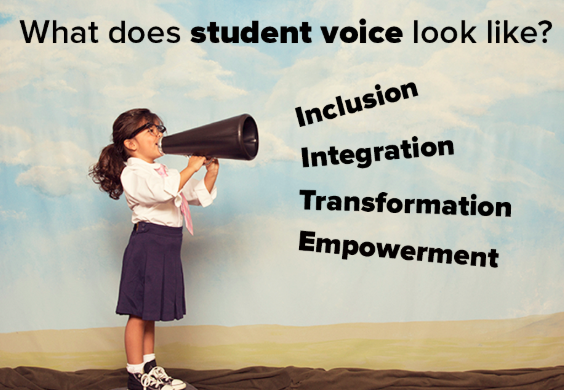 Student Voice & Choice
Student Voice & Choice
One of the foundational pedagogical elements is centered around students having the means to own their learning with possible options on areas such as how to demonstrate one’s learning, specialized focus topics and whom to collaborate or partner with (both peer and expert) as well. Many teachers are often creating menus of options for students. Not only do choices and options work to create student buy-in, they simultaneously are having more personalized experiences. Higher forms of learning are predicated on the learner owning larger aspects of the learning itself. This happens through choice. If it’s a project, let’s offer different ways of delivering the final product. If it’s a research topic, let’s offer choices on various options. If it’s something to read, let’s not have students read the same thing, but rather read different things and then compare. Choice not only creates the buy-in and ownership necessary for higher level learning, but creates an environment and learning culture that fosters innovation, confidence, risk-taking and other necessary future skills.
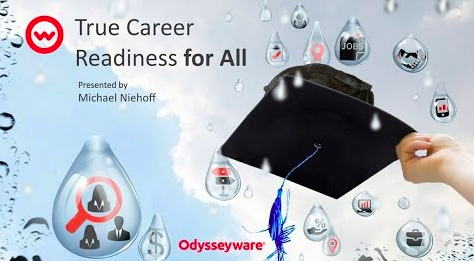
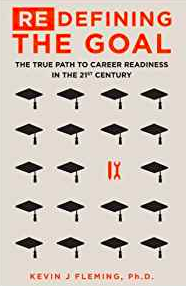 True Career Readiness and Programs
True Career Readiness and Programs
Career Technical Education - or CTE - is now visible in almost all secondary programs through specific career pathways, academies, linked learning programs, electives classes and more. Not only do these programs and experiences offer students things such as work-based learning, engagement, meaning, soft and technical skill acquisition, and career connections and readiness, but also a way to personalize their learning experiences. First, they are making choices. But beyond that, these experiences typically include lots of opportunities for more personalized experiences such as internships, mentors and much more.
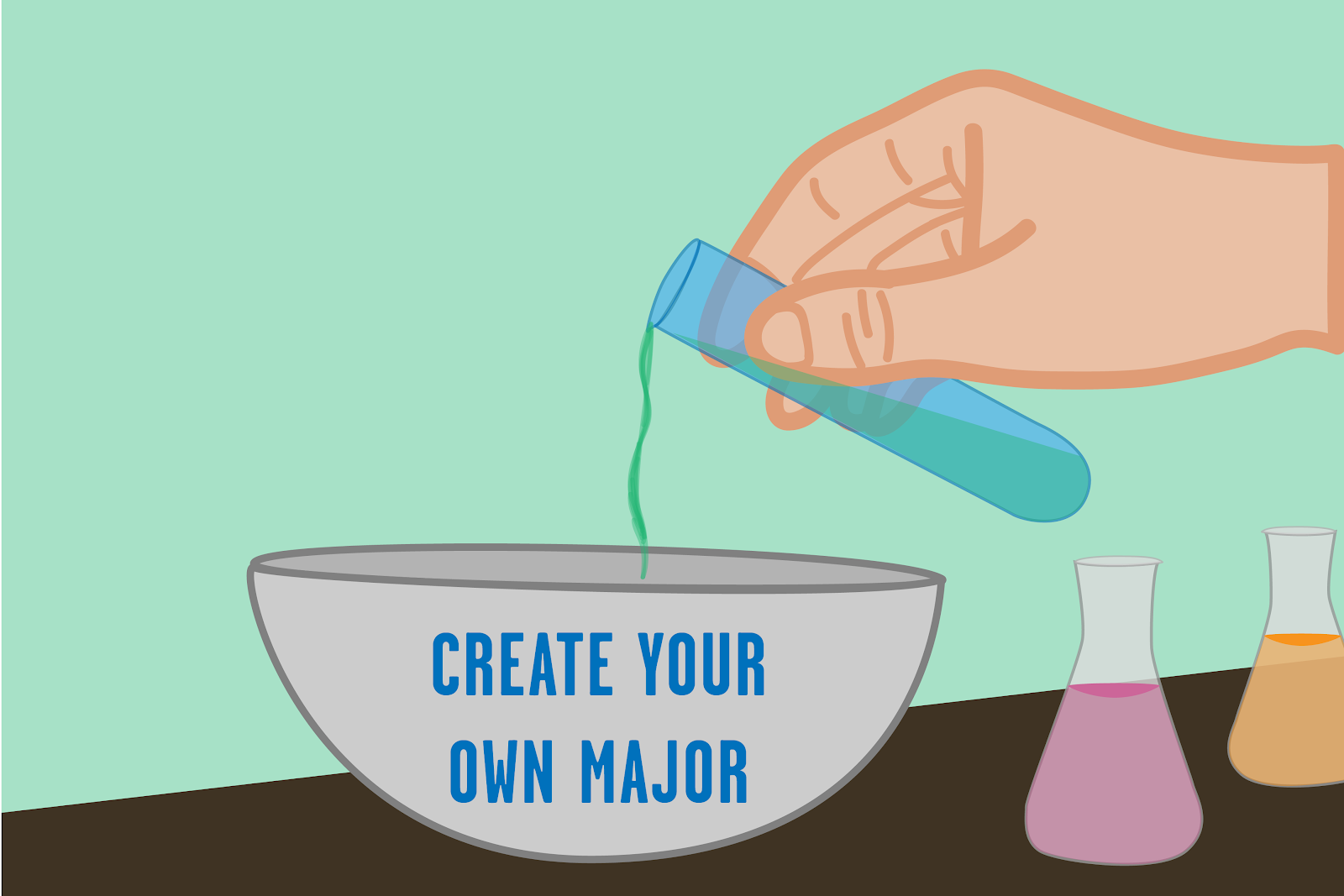 Student-Designed Education Plans As a non-special education teacher, I always thought an IEP (Individual Education Plan) sounded like something that all of us could and would benefit from. What if we invited all students in on their own educational plan? Again, in a more project-based world, could we afford all students the opportunity to choose how they want to learn about their subjects, standards and skill acquisition?
Student-Designed Education Plans As a non-special education teacher, I always thought an IEP (Individual Education Plan) sounded like something that all of us could and would benefit from. What if we invited all students in on their own educational plan? Again, in a more project-based world, could we afford all students the opportunity to choose how they want to learn about their subjects, standards and skill acquisition?
For example, many major universities now have ways for students to create and pursuit their own customized majors. What does a student-designed major look like? It’s a coherent program of student that is cross-disciplinary and typically involves three at least three disciplines. These customized majors offer more personalization through choice, but also because of the opportunity to work closely and collaboratively with faculty and academic leaders on individually-designed and student-lead learning experiences. For example, see 20 Best Undergrad Programs That Allow You To Design Your Own Major. If we can do it at the college level, why can’t we do it in the K-12 arena.

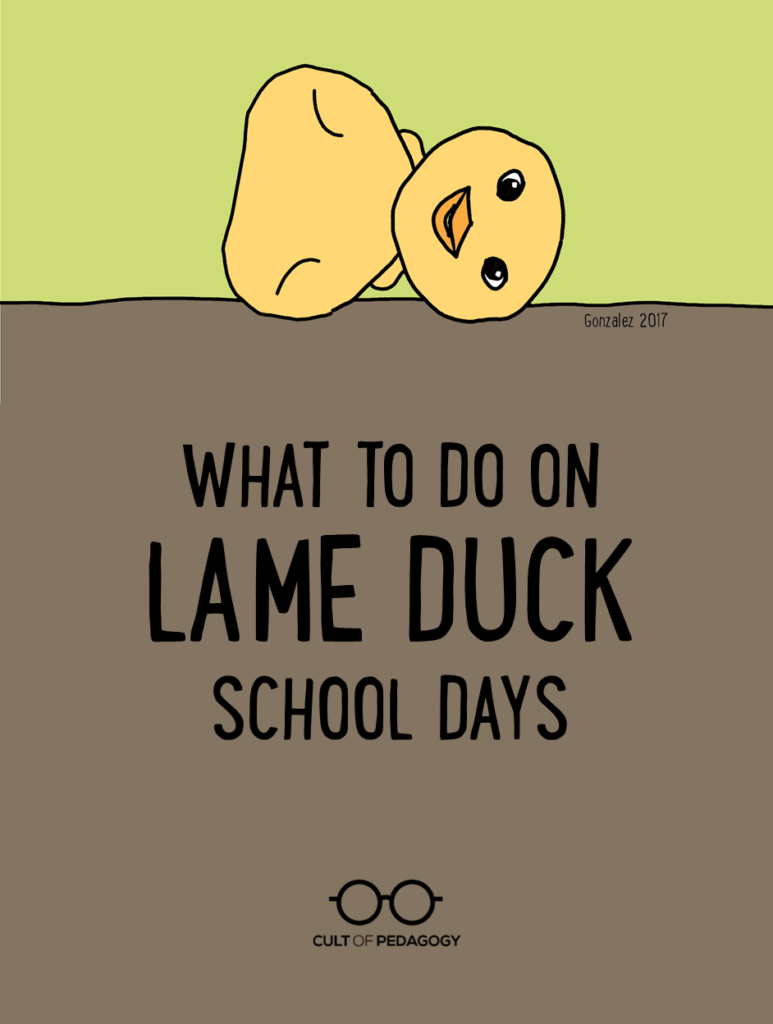 Create Unique, Significant Experiences & Opportunities
Create Unique, Significant Experiences & Opportunities
Much of the challenge in making things more engaging on a personal level for any and all learners is about creating the right conditions - the right environment that welcomes, invites and fosters individuality, creativity and ultimately a personal learning experience. We can create a culture that is engaging, welcoming and ultimately stimulating for the individual pursuits.
Personalized learning is an educational approach that aims to customize learning for each student based on their respective interests, strengths, needs, skills, abilities, background and experiences. To go further, it’s also an effort to involve the learner in their own education. The more one feels invested in their own educational journey, the more likely they will be successful and learn at higher levels.
The Why
It’s fairly safe to say that we are certainly living in unprecedented times. Whether it’s globalization, technology or colossal human challenges, the rapidity and radicalness of these changes are unheralded compared to previous eras in our history. Our young people are walking into an economy, environment and world that we have never navigated - not even close. All of the efforts to transform learning the student experience are aimed at attempting to address this vital and extreme need.
The How
To be clear, there are bad examples of what is often described as personalized learning. From a deeper learning perspective, personalized learning cannot be approaches such as online credit recovery, independent study packets or other similar lower level learning approaches.
What we should be interested in is how we can used personalized learning in a more deeper learning pursuit such as project-based learning.
One of the foundational pedagogical elements is centered around students having the means to own their learning with possible options on areas such as how to demonstrate one’s learning, specialized focus topics and whom to collaborate or partner with (both peer and expert) as well. Many teachers are often creating menus of options for students. Not only do choices and options work to create student buy-in, they simultaneously are having more personalized experiences. Higher forms of learning are predicated on the learner owning larger aspects of the learning itself. This happens through choice. If it’s a project, let’s offer different ways of delivering the final product. If it’s a research topic, let’s offer choices on various options. If it’s something to read, let’s not have students read the same thing, but rather read different things and then compare. Choice not only creates the buy-in and ownership necessary for higher level learning, but creates an environment and learning culture that fosters innovation, confidence, risk-taking and other necessary future skills.
Career Technical Education - or CTE - is now visible in almost all secondary programs through specific career pathways, academies, linked learning programs, electives classes and more. Not only do these programs and experiences offer students things such as work-based learning, engagement, meaning, soft and technical skill acquisition, and career connections and readiness, but also a way to personalize their learning experiences. First, they are making choices. But beyond that, these experiences typically include lots of opportunities for more personalized experiences such as internships, mentors and much more.
For example, many major universities now have ways for students to create and pursuit their own customized majors. What does a student-designed major look like? It’s a coherent program of student that is cross-disciplinary and typically involves three at least three disciplines. These customized majors offer more personalization through choice, but also because of the opportunity to work closely and collaboratively with faculty and academic leaders on individually-designed and student-lead learning experiences. For example, see 20 Best Undergrad Programs That Allow You To Design Your Own Major. If we can do it at the college level, why can’t we do it in the K-12 arena.
Much of the challenge in making things more engaging on a personal level for any and all learners is about creating the right conditions - the right environment that welcomes, invites and fosters individuality, creativity and ultimately a personal learning experience. We can create a culture that is engaging, welcoming and ultimately stimulating for the individual pursuits.
Some great examples are things like 20Time or Genius Hour where students are allowed to pursue independent project work based on interest and less about standards, assessment and accountability. Teachers allow some time, space and freedom for these pursuits where students can not only pursue personal endeavors and interests, but are freed up from the normal constraints of school. See resources 20time.org and 20time in Education for more details and ideas.
But there are other great ways to do this including Lame Duck School Days where we break from the normal schedules and routines, especially on days traditionally not very well attended or learning-centered, and try to offer students unique, almost intersession type experiences.
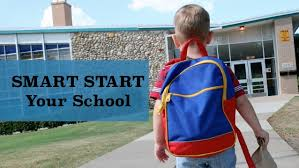 And yet another way that establishes and helps create the environment is about how we start the school year. Smart Start Your School Year focuses the first days of school in culture and community building. This allows the space for the requisite relationships and environment to develop that will foster future personalized experiences. If we can establish a culture and learning environment based on trust, relationships, intellectual curiosity and challenge, then we might have the opportunity to go deeper with our learning. This, in the end, creates the personalized experience.
And yet another way that establishes and helps create the environment is about how we start the school year. Smart Start Your School Year focuses the first days of school in culture and community building. This allows the space for the requisite relationships and environment to develop that will foster future personalized experiences. If we can establish a culture and learning environment based on trust, relationships, intellectual curiosity and challenge, then we might have the opportunity to go deeper with our learning. This, in the end, creates the personalized experience.
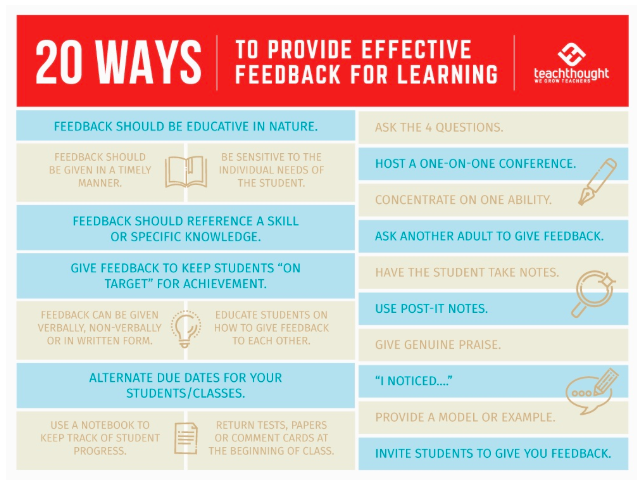 Feedback At Its Finest: Ask Them Always
Feedback At Its Finest: Ask Them Always
Having our students reflect on their learning and learning experiences are crucial to both student development, as well as instructional growth. As teachers, we do a lot of things to improve our craft. But we rarely ask our students what is working for them and what we can do to help improve their learning experiences. In general, students are both honest, and willing to discuss what is going on with their education. Great teachers have always probably asked – formally or informally – how their students are doing and what can be better. But it’s time to make this a standard. We now have the ability for all educators to regularly engage all of their students about their learning. If we want higher levels of learning, critical thinking and skills, we’re going to all need to learn to get regular feedback from the most important player in education – the student. No better way to personalize learning than to ask the learner what they are interested in learning and the facilitate a way to get them there.
But there are other great ways to do this including Lame Duck School Days where we break from the normal schedules and routines, especially on days traditionally not very well attended or learning-centered, and try to offer students unique, almost intersession type experiences.
Having our students reflect on their learning and learning experiences are crucial to both student development, as well as instructional growth. As teachers, we do a lot of things to improve our craft. But we rarely ask our students what is working for them and what we can do to help improve their learning experiences. In general, students are both honest, and willing to discuss what is going on with their education. Great teachers have always probably asked – formally or informally – how their students are doing and what can be better. But it’s time to make this a standard. We now have the ability for all educators to regularly engage all of their students about their learning. If we want higher levels of learning, critical thinking and skills, we’re going to all need to learn to get regular feedback from the most important player in education – the student. No better way to personalize learning than to ask the learner what they are interested in learning and the facilitate a way to get them there.
Comments
Post a Comment